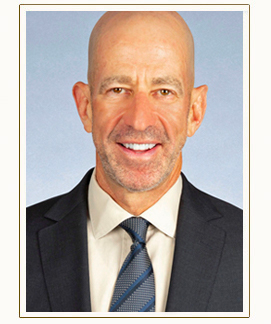When an older loved one needs care, family members often step in to provide some of the care themselves, partly to save money. However, it is important to be aware that providing care oneself has its own costs, both to the health of the caregiver and in economic terms.
Studies show that caregivers are more likely to report poor health themselves, at least in part because so much energy goes into caring for another. The financial effect can also be significant. Someone caring for an older family member often chooses to leave the workforce at least temporarily. There is an obvious short-term cost associated with the loss of wages, but the caregiver also may be shortchanging his or her own retirement, as less time working results in less money paid into the Social Security system, and Social Security retirement benefits can be a crucial part of a retirement plan.
A 2011 study showed that a female caregiver who takes leave from work to provide care for a family member loses, on average, more than $324,000 in lifetime wages and retirement benefits.
These are costs that need to be kept in mind whenever someone is considering leaving the workforce to care for a loved one, even temporarily. Although many jobs are protected by the Family and Medical Leave Act, the law only provides for unpaid leave, and only for 12 work-weeks per year. Many people have found that what was intended as a short-term, temporary leave turned into a long-term responsibility. The best course of action is to be realistic from the start about how much care is needed and the best way to provide it. Realistic planning can protect your own health and your financial well-being.
Please join us in celebrating, supporting and participating in the 5th anniversary of National Estate Planning Awareness Week, October 21-27, 2013. To learn more, visit The Financial Awareness Foundation. For more information about our estate planning services, visit www.littmankrooks.com.





